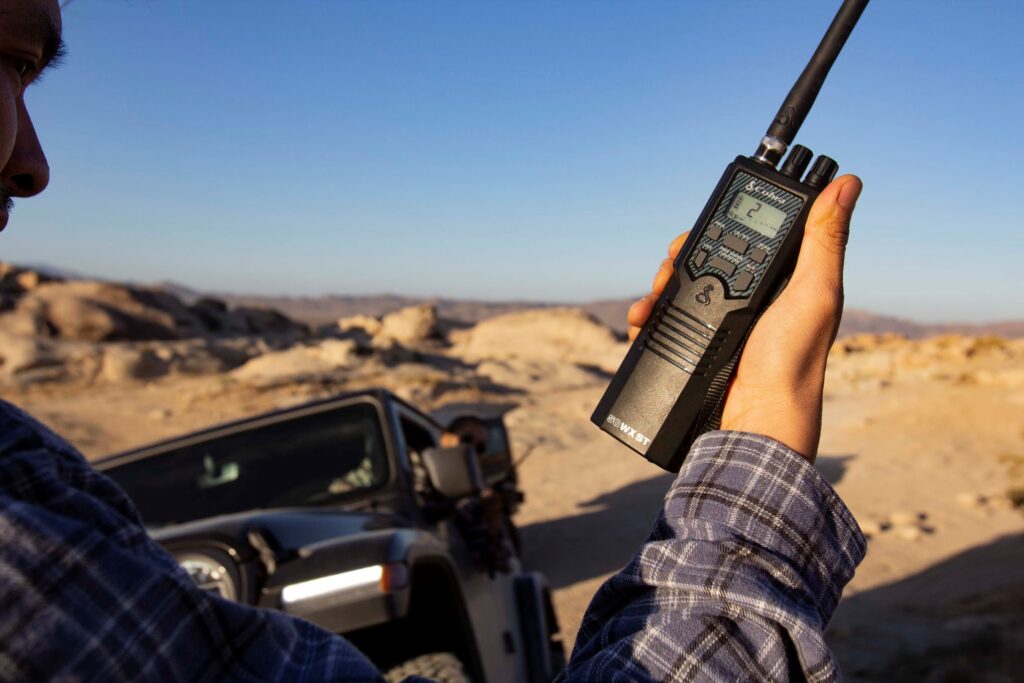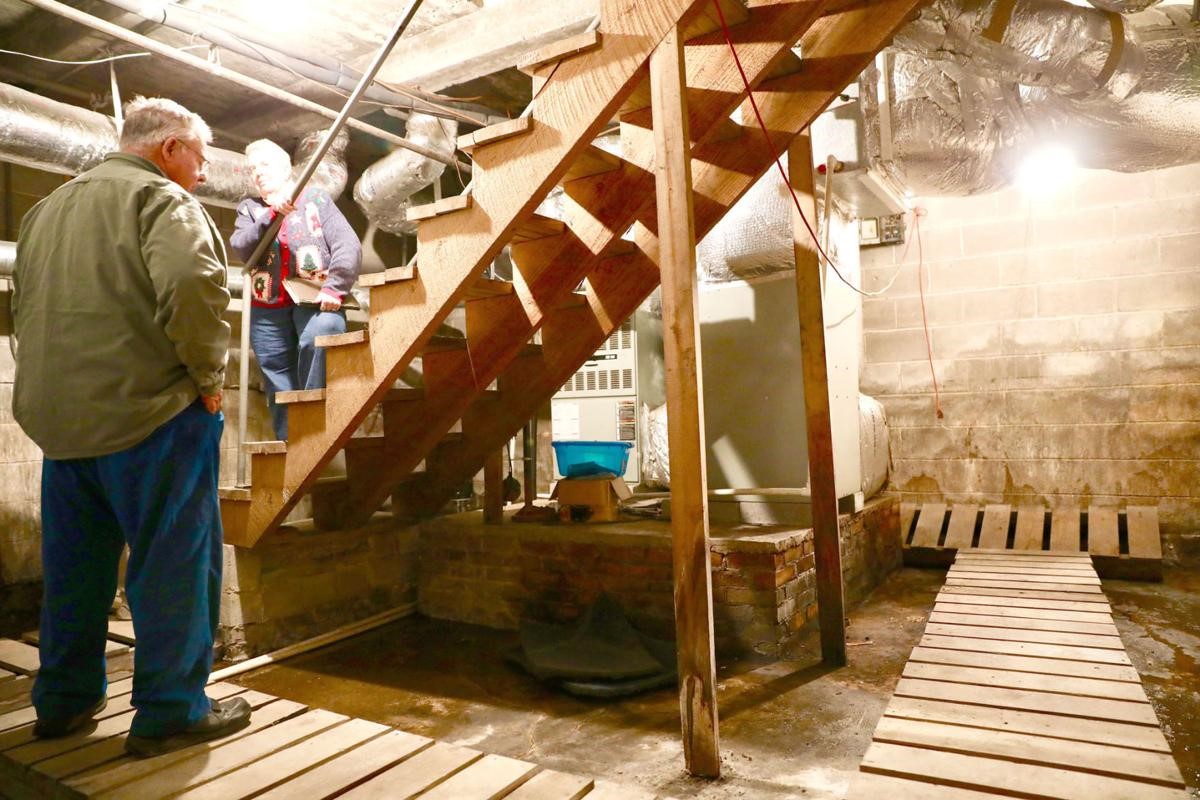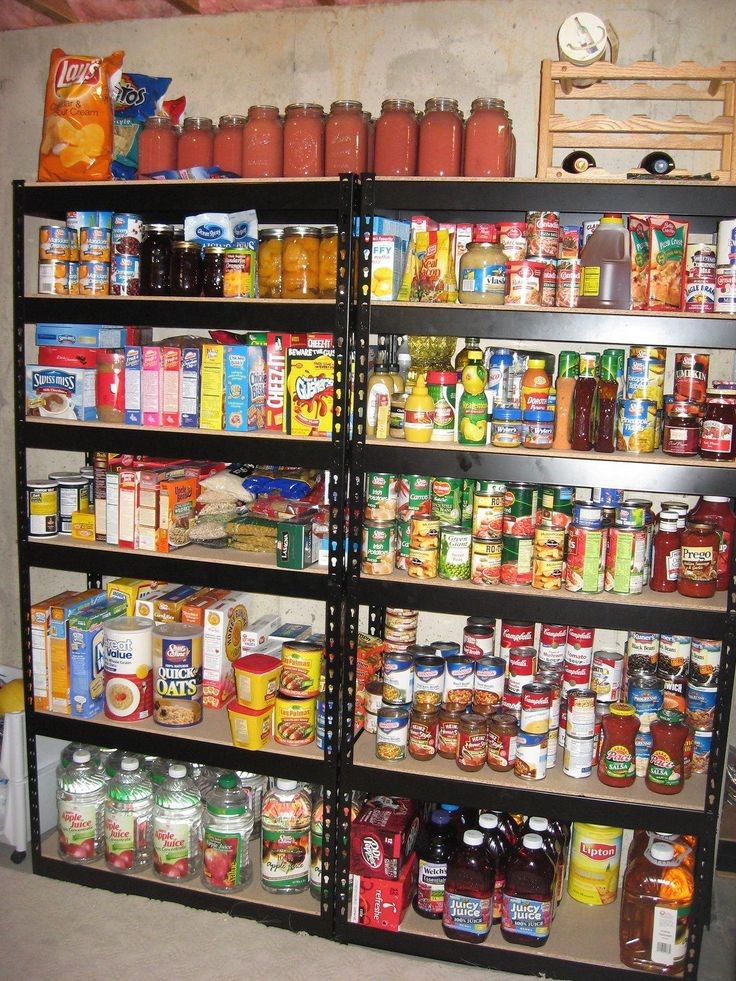Recently I wrote apost prior to the Russian invasion into Ukraine titled, “How to Prepare For War As A Civilian“. Watching the individual stories and photos of the true realities of war, it was clear to me that my original post was “easier said than done”. It made me wonder, can we really prepare for war?
The true reality of war is that no place is truly safe: maternity wards, schools, designated shelter locations-no place can guarantee your safety. You simply cannot escape the reality. In this post, I will share my observations of the realities of war. I hope you will also share what you have observed.
Communications
With the communications grid down and spotty wi-fi service, do we truly know how many casualties or injuries there are? If you know of someone living in the Ukraine, can you been able to stay in contact with them? Do you know if they are safe or if they need anything?

My son has a friend in Kyiv and has not heard from him in weeks. I can only pray and hope that he and his family are safe.
The realities of war have shown me that communication and wi-fi will be spotty. Staying in touch with loved ones will be difficult, and reports of casualties and injuries will be inaccurate. Consider alternate ways of communication. I am currently researching this based on my local needs to communicate within a 20-mile radius. I will share my findings.
To Bug In or Bug Out?
In an SHTF situation, your first choice will be should be to shelter in place. But the reality of war is that home may not be safe. A simple bomb can easily destroy a home or an apartment building.
No place will be safe -not a hospital, school, large building, or a designated nuclear fallout building. A basement may offer some protection, but you can be trapped or worse after bomb exploded over your safe shelter.

Your best option is to evacuate to a safer location before the threat becomes a reality. Once the war begins, it may not be safe to travel. With so many trying to evacuate. , you will have to carry the bare minimum to survive and the documents you will need to start a new life elsewhere if necessary.
The realities of war showed me that if there are known threats of war (such as military positioning), consider your options to evacuate to another location or country Once the fighting begins, it may not be safe to shelter in place or to travel. If you do evacuate after the fighting begins, be ready to carry the bare minimum to survive and have your important documents with you.
Is there a right or wrong answer? Is there an option to improve your chances to escape safely? No and No. Life is a gamble. My decision could be totally different from yours.
Fore more information about what to pack for your Bug Out Bag, checkout my other posts about having your emergency kit (bug out bag) and emergency binder ready to evacuate.
When Food and Water Runs Out
One could have nonperishable food to sustain them for a period of time. But if your food runs out, it may not be safe to go outside to get more food. In Ukraine I’ve read of reports of people being shot and killed while standing in line for food. What now?

Having an emergency food pantry that includes non perishable food could sustain you for weeks or months.
While you consume your emergency food pantry, growing a survival garden would help to supplement your food. Having seeds to grow more could be more valuable than money itself! Consider fast growing edibles, especially those whose leaves and root are edible such as: beets, turnips, radishes, sweet potatoes, and lettuces.
Water is even more important than food. Know how to collect, harvest, and purify water can save your life. Checkout my post, Water-SHTF Backup Plans.
The realities of war has taught me to consider evacuating first since it may not be safe to search for food supplies. Another lesson learned is to have a Plan B and C by growing a survival garden and having seeds to continue growing more food
In Conclusion
The more I re-read this post, the more it sounds like a bunch of B.S. Have I ever been in a war-like SHTF situation? No. My comments on this post is based totally on observation, research and personal opinions.
In war, there are no right or wrong decisions. Your choice to bug in or bug out is a gamble. Should you go left or go right? You are taking your chances. Difficult choices will need to be made for your family.
Still, have a plan. Don’t make emergency prepping a solo venture. Have a trusted group to pull your skills and resources together. And remember, the standard 72-hour emergency kit will not be enough. Have a backup plan to everything.
Keep in mind that we may receive commissions when you click our links and make purchases. However, this does not impact our reviews and comparisons. We try our best to keep things fair and balanced, in order to help you make the best choice for you.
What are some lessons you think you will apply if you were living in the Ukraine during this Russian-Ukraine war? Please share your thoughts below.

